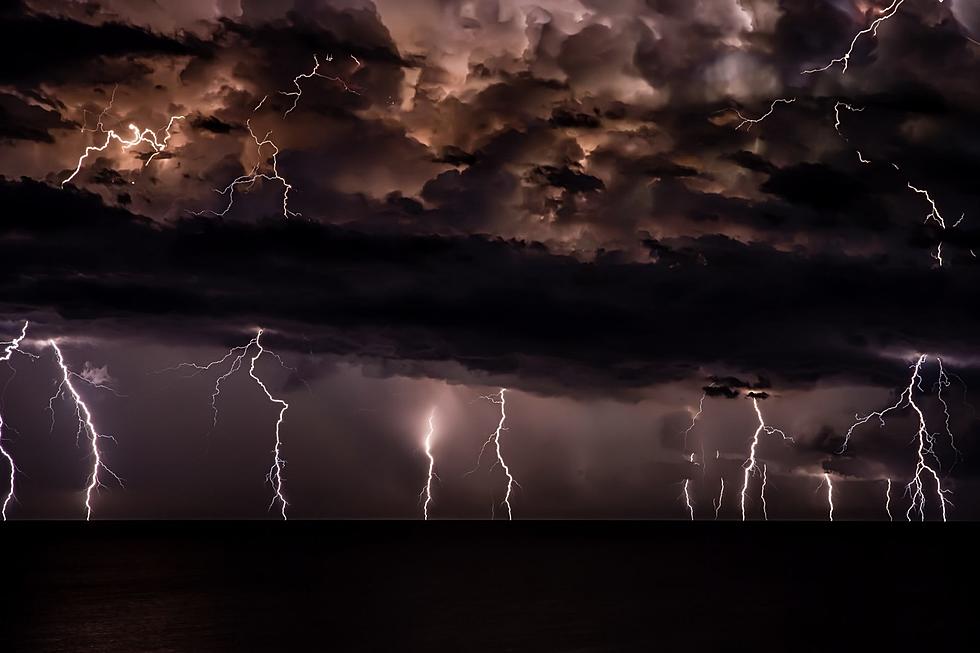
South Dakota, Iowa, Minnesota Summer Weather Predictions Released
Ready or not, summer is rapidly approaching.
And even though we are still more than three weeks away from the official start of the third season of the year (June 21), we're already seeing the sweltering temperatures we normally associate with June, July, and August.
So what can we expect weatherwise in the Tri-State area (South Dakota, Iowa, Minnesota) this summer?

The National Oceanic and Atmospheric Administration (NOAA) is out with its projections for June, July, and August.
While the majority of states will be seeing above-normal temperatures by anywhere from 33 to 80 percent.
That's not the case in the Midwest where the NOAA is calling it a 'toss-up' as to where the mercury is headed.
In South Dakota, average high temperatures range from the upper 70s to mid-80s during the summer months.
In Iowa, average high temperatures range from the low to mid-80s during the summer months.
In Minnesota, average high temperatures range from the low 70s in the North to the low 80's in the rest of the state.
The other aspect of Summer weather we deal with on a regular basis is precipitation.
For 2023, the NOAA is predicting a 'toss-up' for precip levels in South Dakota and Minnesota.
Typically, South Dakota sees 31 days of rain in June, July, and August, while Minnesota sees 33.
The forecast for Iowa will vary depending on where you live.
The NOAA is calling for El Niño conditions which will increase precipitation chances by as much as 40 percent from the Southwest corner to the Eastern part of the Hawkeye State.
Typically, Iowa sees 35 days of rain in June, July, and August.
LOOK: The most expensive weather and climate disasters in recent decades
KEEP READING: What to do after a tornado strikes
LOOK: The most extreme temperatures in the history of every state
More From KSOO-AM / ESPN Sioux Falls





